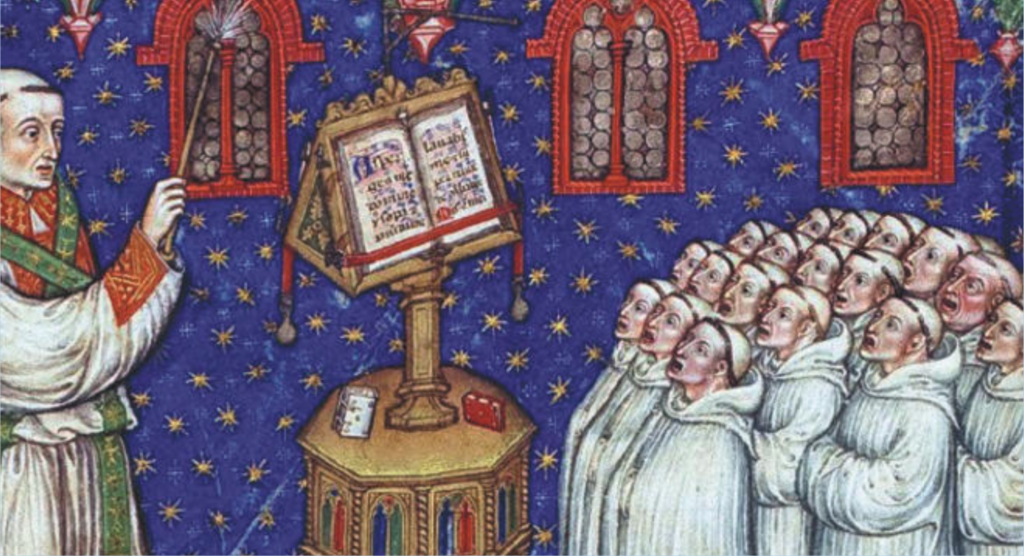 There seems to be no end to the number of complaints pastors receive about liturgical music. As I greeted parishioners after Mass one Sunday a woman stopped to say how much she loves the music in our parish. Two minutes later a man stopped to say how much he dislikes the music in our parish. There are also those who tell me they prefer Mass with no music at all. To some extent, this cacophony can be explained by the ancient proverb de gustibus non disputandum: “There is no disputing about tastes”. At the same time, the choice of music for the Mass has never been left to the individual taste of the music director, the pastor, or anyone else, although in most parishes that is exactly how liturgical music is chosen.
There seems to be no end to the number of complaints pastors receive about liturgical music. As I greeted parishioners after Mass one Sunday a woman stopped to say how much she loves the music in our parish. Two minutes later a man stopped to say how much he dislikes the music in our parish. There are also those who tell me they prefer Mass with no music at all. To some extent, this cacophony can be explained by the ancient proverb de gustibus non disputandum: “There is no disputing about tastes”. At the same time, the choice of music for the Mass has never been left to the individual taste of the music director, the pastor, or anyone else, although in most parishes that is exactly how liturgical music is chosen.
The Second Vatican Council’s teaching on music is rather broad, but we can extract a few points that give us a starting place for discussion. First, “for the celebration ... of the Eucharist on Sundays and feast days, a form of sung Mass is to be preferred as much as possible...” (MS 27). That is, the Church prefers singing over not singing. So, what sort of music should be sung? “The Church recognizes Gregorian chant as being especially suited to the Roman liturgy. Therefore, other things being equal, it should be given pride of place in liturgical services” (SC 116). Not only has Gregorian chant not been given pride of place in the average liturgical service since 1970, but in almost every parish in the world it has been given no place at all. This is certainly not what the Council intended. Furthermore, “although a suitable place may be allotted to the vernacular [e.g. English, Spanish, etc.] in Masses... care must be taken to ensure that the faithful may also be able to say or sing together in Latin the parts of the Mass which pertain to them” (SC 54). This has certainly not been done. While the Council did teach that other types of suitable music COULD be used in the Mass, if we are honest with ourselves we must admit that we have ignored the Council’s teaching about what kind of music SHOULD be used.
Sources: Musicam Sacram (1967) [post-Vat. II]; Sacrosanctum Concilium (1962) [Vat. II]; General Instruction of the Roman Missal (2002) no. 48.

